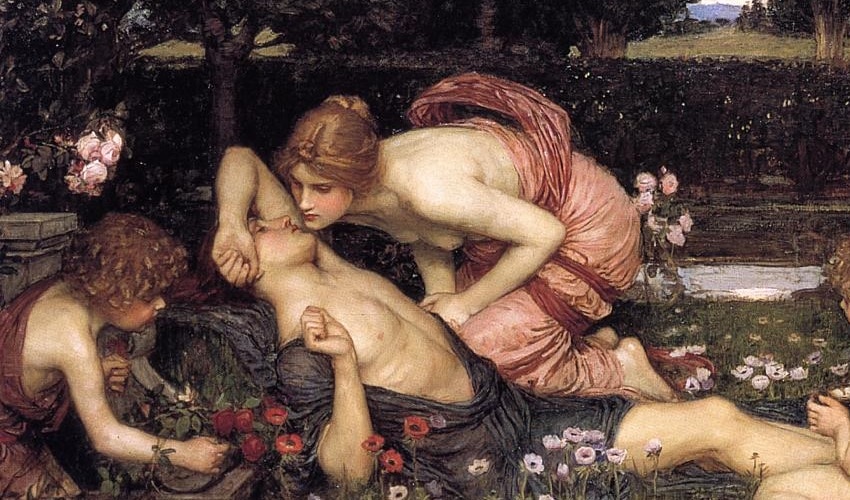
Table of Contents
In Greek mytholoogy, Adonis was known as one of the most handsome mortals, loved by two goddesses – Aphrodite, the goddess of love and Persephone, the goddess of the Underworld. Although he was a mortal, he was also known as the god of beauty and desire. However, his life was suddenly cut short when he was mauled to death by a boar.
Adonis’ Miraculous Birth
Adonis was born under miraculous circumstances and as the result of an incestuous relationship between Myrrha (also known as Smyrna) and her own father Cinyras, the king of Cyprus. In other accounts, it’s said that Adonis’ father was Theias, the King of Syria. This had occurred because of a curse cast on Myrrha by Aphrodite, which caused her to sleep with her father.
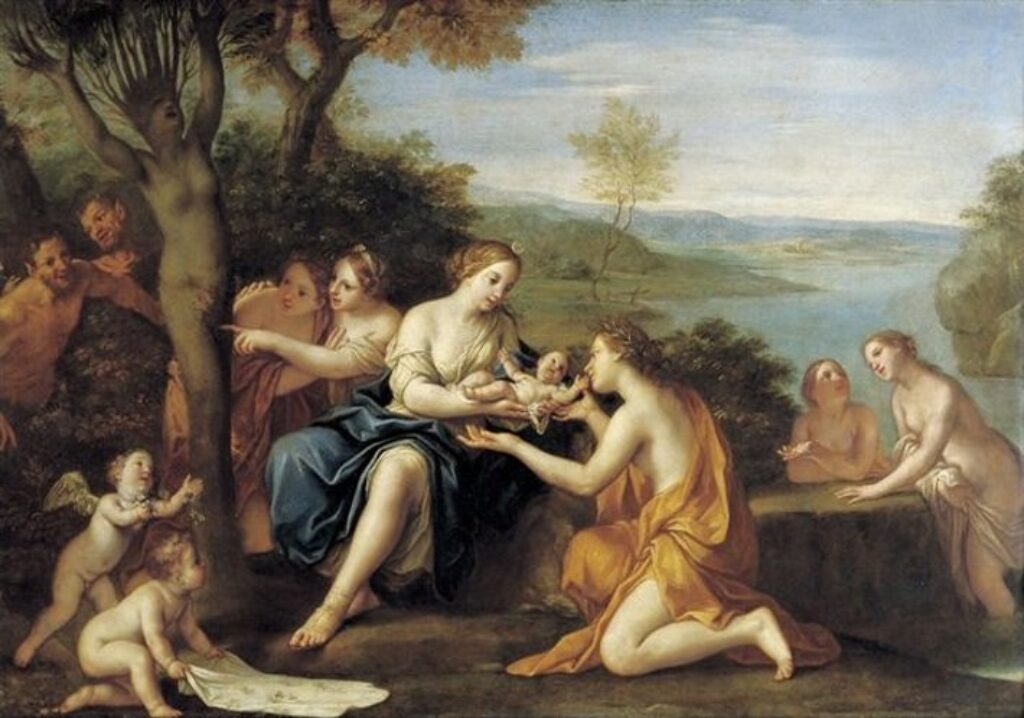
Myrrha tricked her father into sleeping with her for nine nights in complete darkness so that he wouldn’t find out who she was. However, the king eventually became curious about who he had been sleeping with, and when he finally discovered her identity, he chased her with his sword. He would have killed Myrrha had he caught her, but she fled from the palace.
Myrrha wished to be invisible to avoid being killed by her father and she prayed to the gods, asking for a miracle. The gods took pity on her and turned her into a myrrh tree. However, she was pregnant and nine months later, the myrrh tree burst open and a son, Adonis was born.
Adonis was originally a god of birth, resurrection, love, beauty and desire in Phoenician mythology, but in Greek mythology he was a mortal man, often called the handsomest man that ever lived.
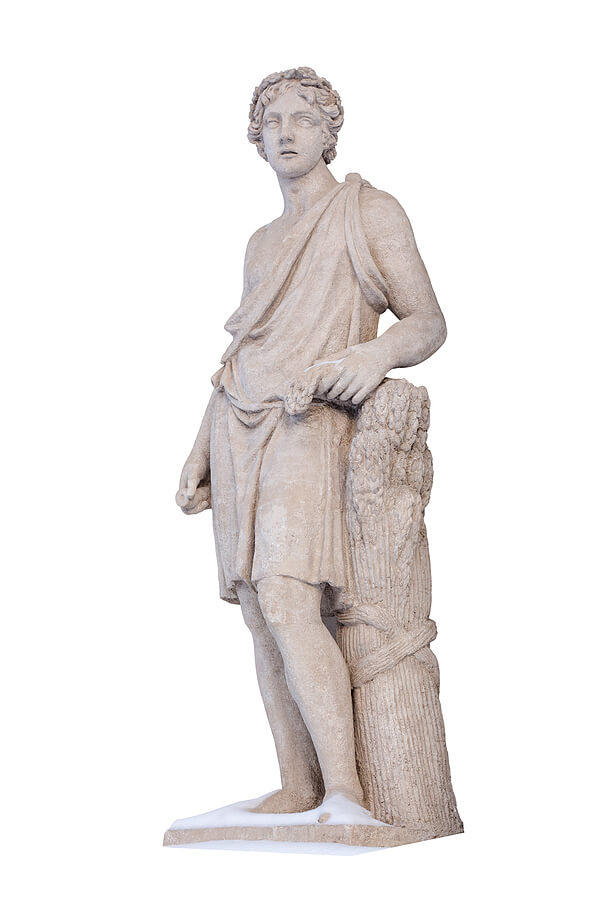
Adonis, Aphrodite and Persephone
As an infant, Adonis was found by Aphrodite who gave him over to be raised by Persephone, wife of Hades and Queen of the Underworld. Under her care, he grew into a handsome young man, coveted by both men and women alike.
It was at this point that Aphrodite came to take Adonis away from Persephone, but Persephone refused to give him up. It came down to Zeus to settle the goddesses’ disagreement. He decided that Adonis would stay with Persephone and Aphrodite for a third of the year each, and for the final third of the year, he could choose to stay with whomever he wished.

Adonis chose to spend this third of the year also with the goddess Aphrodite. They were lovers and she bore him two children – Golgos and Beroe.
Adonis’ Death
In addition to his stunning good looks, Adonis enjoyed hunting and was a highly skilled hunter. Aphrodite was concerned about him and often warned him about hunting dangerous wild beasts, but he didn’t take her seriously and continued to hunt to his heart’s content.
One day, while on the hunt, he was gored by a wild boar. In some renditions of the story, the boar was said to be Ares, the god of war, in disguise. Ares was jealous that Aphrodite was spending so much time with Adonis and decided to get rid of his rival.
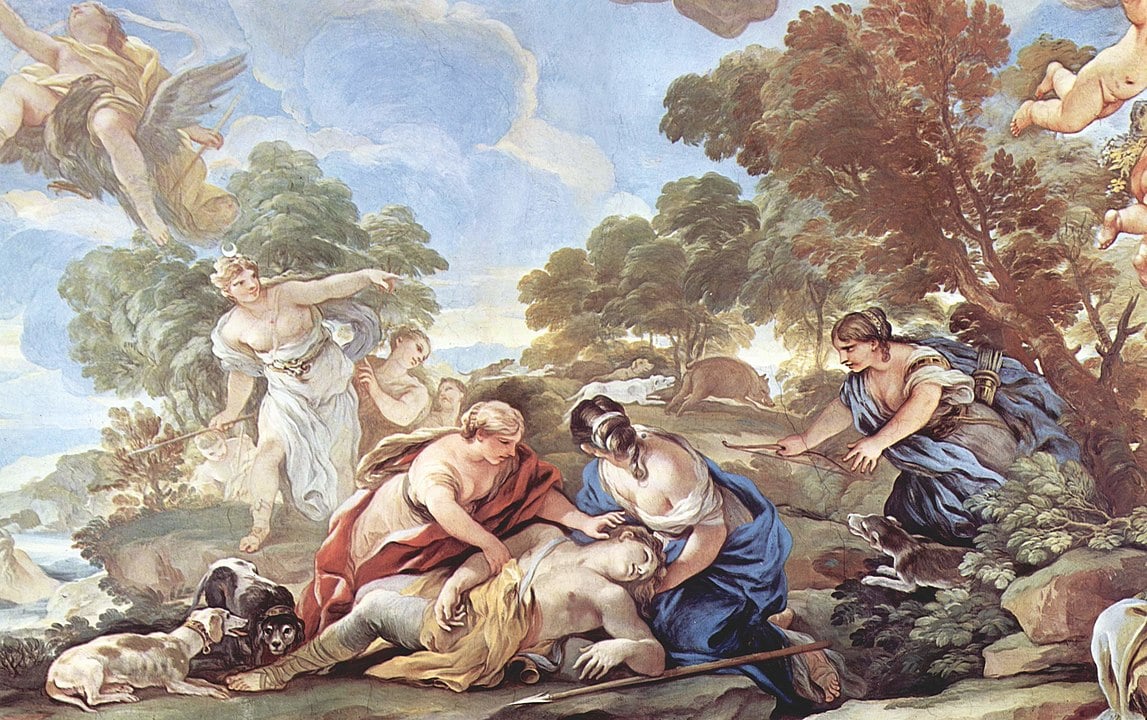
Although Aphrodite did her best to save Adonis, administering nectar to his wounds, Adonis was too badly injured and died in her arms. Aphrodite’s tears and the blood of Adonis mixed together, becoming the anemone (a blood red flower). According to some sources, the red rose was also created at the same time, since Aphrodite pricked her finger on the thorn of a white rose bush and her blood caused it to turn red.
Other sources say that the Adonis River (now known as the Abraham River) ran red every year in February, because of Adonis’ blood.
In other versions of the tale, Artemis, the goddess of wild animals and hunting, was jealous of Adonis’ hunting skills. She wanted to have Adonis killed so she sent a savage wild boar to kill him while he was hunting.
The Adonia Festival
Aphrodite declared the famous Adonia festival to commemorate the tragic death of Adonis and it was celebrated every year in midsummer by all the women in Greece. During the festival, the women would plant fast-growing plants in little pots, creating ‘gardens of Adonis’. They would set these on the top of their houses in the burning hot sun and though the plants would sprout, they quickly withered and died.
The women would then mourn Adonis’ death, tear their clothes and beat their breasts, publicly displaying their grief. The Adonia festival was also held with the belief that it would bring rain and promote the growth of crops.
Symbolism and Symbols of Adonis
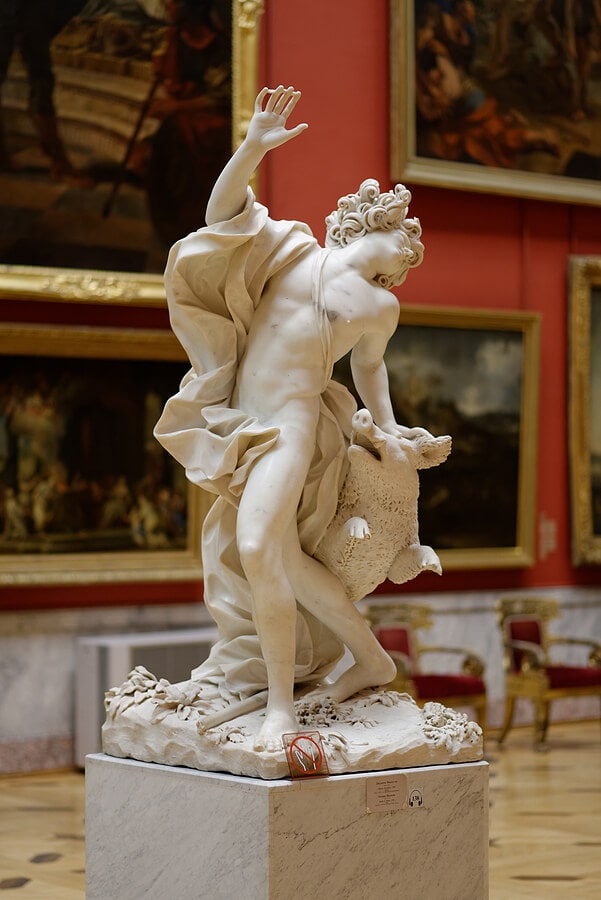
Adonis was the mortal lover of Aphrodite and as such, wasn’t born a god. However, sometimes, exceptional mortals were often made into gods and given godly status by the ancient Greeks. Psyche was one such mortal, who became the goddess of the soul, as was Semele, the mother of Dionysus, who became a goddess after her death.
Some believed that because Adonis spent a third of the year with Persephone in the underworld, he was immortal. This was because a living person couldn’t enter and leave the underworld at will, as Adonis did. In any case, in later myths, Adonis became the god of beauty, love, desire and fertility.
The story of Adonis has also represented the decaying of nature every winter and its rebirth (or revival) in spring. The ancient Greeks worshipped him, asking for joy for a new life. People say that even today, some farmers in Greece offer sacrifices and worship Adonis, asking to be blessed with a bountiful harvest.
Adonis is represented by his symbols, which include:
- Anemone – the flower that sprang up from his blood
- Lettuce
- Fennel
- Fast-growing plants – to symbolize his brief life
Adonis in the Modern World
Today, the name ‘Adonis’ has come into common usage. A youthful and extremely attractive male is usually called an Adonis. It has a negative connotation of vanity.
In psychology, the Adonis Complex refers to a person’s obsession with their body image, wanting to improve their youthful appearance and physique.
Cultural Representations of Adonis
The story of Adonis has been prominently featured in many artistic and cultural works. Giambattista Marino’s poem ‘L’Adone’ published in 1623 is a sensual, lengthy poem that elaborates the story of Adonis.
The myth of Adonis and the associated artwork is the main subject of one of the episodes in the anime series D.N.Angel, in which a homage paid to the undead causes a statue of Adonis to come to life and lure young girls.
Percy Bysshe Shelley wrote the famous poem ‘Adonais’ for poet John Keats, using the myth as a metaphor for John Keats’ death. The first stanza goes as follows:
I weep for Adonais—he is dead!
Oh, weep for Adonais! though our tears
Thaw not the frost which binds so dear a head!
And thou, sad Hour, selected from all years
To mourn our loss, rouse thy obscure compeers,
And teach them thine own sorrow, say: “With me
Died Adonais; till the Future dares
Forget the Past, his fate and fame shall be
An echo and a light unto eternity!”
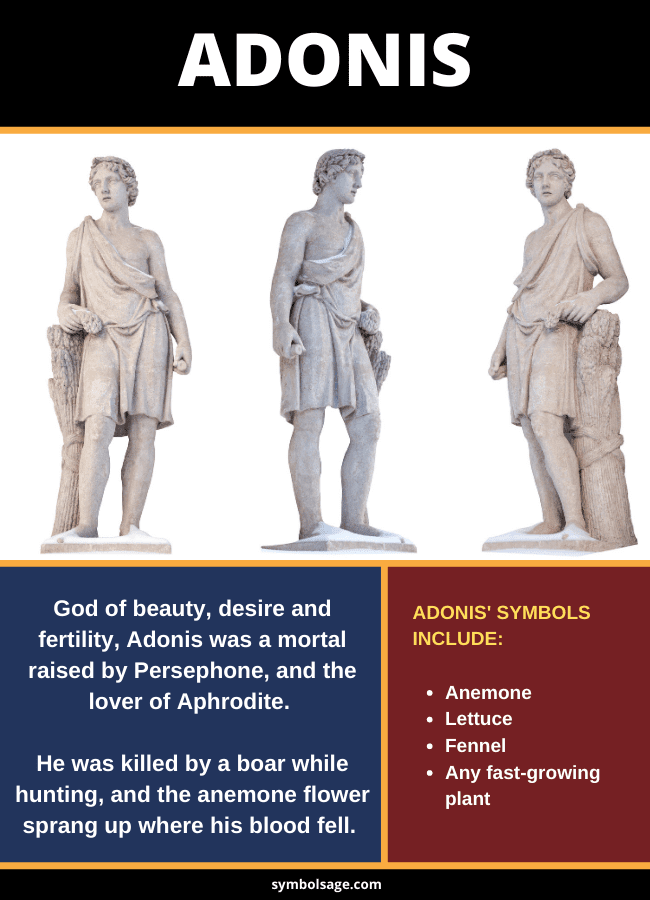
Facts About Adonis
Adonis is the offspring of either Cinyras and his daughter Myrrha, or of Phoenix and Alphesiboea.
Adonis was the lover of Aphrodite. She was married to Haphaestus, the god of craft.
Persephone raised Adonis as her own son, so she had a strong attachment to him. Whether that was a sexual or maternal attachment is unclear.
Adonis is the god of beauty, desire and fertility.
Adonis is said to have had two children by Aphrodite – Golgos and Beroe.
His symbols include the anemone and any fast-growing plant.
Wrapping Up
Adonis is proof that the Ancient Greeks valued beauty in both men and women. Although a mere mortal, his beauty was such that two goddesses fought over him, and he was held in such high esteem that he eventually became known as the god of beauty and desire.








